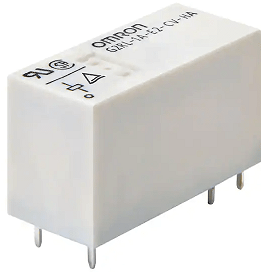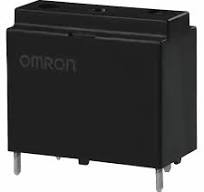Troubleshooting Omron Power Relay Issues: A Comprehensive Guide
Omron power relays are known for their reliability and efficiency, but like any electrical component, they can encounter problems over time. To keep your systems running smoothly, it’s essential to know how to troubleshoot common issues that may arise. In this blog, we will walk you through the process of identifying, diagnosing, and resolving problems with Omron power relays, covering key steps in the troubleshooting process.
Identifying the Problem:
The first step in troubleshooting is to identify the problem. Common issues with power relays may include:
- Failure to Energize: The relay doesn’t switch on when it should.
- Failure to De-Energize: The relay doesn’t switch off when it should.
- Erratic Operation: The relay behaves unpredictably.
- Overheating: The relay becomes excessively hot during operation.
Checking the Electrical Connections:
After identifying the problem, the next step is to inspect the electrical connections:
- Inspect for Loose Wires: Ensure that all wires and connections are secure and not corroded.
- Check for Proper Voltage: Measure the voltage across the coil to ensure it matches the relay’s specifications.
- Look for Shorts: Check for any short circuits in the wiring.
Shop Now
Testing the Relay Coil:
The relay coil is a crucial component of the relay. To test it:
- Measure Coil Resistance: Use a multimeter to measure the coil’s resistance. Compare the reading to the relay’s specifications.
- Apply Voltage: If resistance is within spec, apply voltage to the coil to see if it energizes properly.
Testing the Relay Contacts
The relay contacts are responsible for making or breaking the electrical connection. To test them:
- Check for Continuity: Use a multimeter to check for continuity across the relay contacts when the coil is energized.
- Inspect for Welded Contacts: If continuity is not present when it should be, the contacts may be welded together due to excessive current or voltage. This indicates a faulty relay.
Replacing the Relay:
If you’ve identified a fault in the relay and determined that it cannot be repaired, it’s time to replace it:
- Select the Right Replacement: Ensure you choose a relay with the same specifications and voltage rating.
- Disconnect Power: Before replacing the relay, always disconnect the power source to avoid electrical hazards.
- Remove and Replace: Carefully remove the faulty relay and replace it with the new one, making sure the connections are secure and correctly aligned.
Conclusion:
Troubleshooting Omron power relay problems is essential to maintaining the reliability and performance of your electrical systems. By following the steps outlined in this guide, you can effectively identify, diagnose, and resolve common relay issues, ultimately ensuring the continued smooth operation of your equipment. Remember to follow safety protocols and seek professional assistance if needed to avoid potential hazards.




